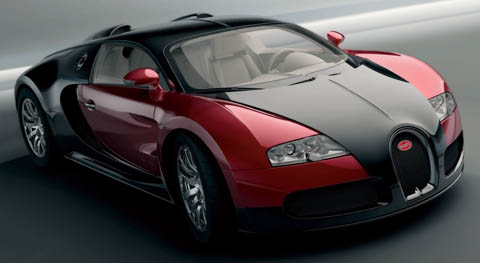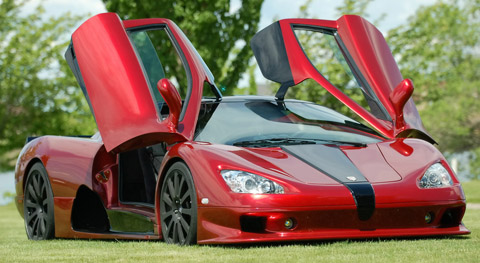


 |
 |
 |
 |
 |
 |
 |
 |
 |
 |
 |
 |
 |
 |
 |
 |
 |
 |
 |
 |
 |
 |
 |
 |
Replace these every slider sentences with your featured post descriptions.Go to Blogger edit html and find these sentences.Now replace these with your own descriptions.This theme is Bloggerized by Lasantha - Premiumbloggertemplates.com.

Replace these every slider sentences with your featured post descriptions.Go to Blogger edit html and find these sentences.Now replace these with your own descriptions.This theme is Bloggerized by Lasantha - Premiumbloggertemplates.com.

Replace these every slider sentences with your featured post descriptions.Go to Blogger edit html and find these sentences.Now replace these with your own descriptions.This theme is Bloggerized by Lasantha - Premiumbloggertemplates.com.



 2011 BMW X5 xDrive35d SUV Shown
2011 BMW X5 xDrive35d SUV Shown



 manufacturer. With World War II on the horizon, the Royal Swedish Air Force was in need of aircraft. On September 1, 1939 war broke out and Saab built bombers and fighters.
manufacturer. With World War II on the horizon, the Royal Swedish Air Force was in need of aircraft. On September 1, 1939 war broke out and Saab built bombers and fighters.  methods. These airplanes were mainly copies of German and American design. Saabs first in-house designed aircraft rolled off the line in 1941, the Saab 17. It was far from perfect, but the bugs were worked out quickly. A Bomber, Saab 18 was also produced.
methods. These airplanes were mainly copies of German and American design. Saabs first in-house designed aircraft rolled off the line in 1941, the Saab 17. It was far from perfect, but the bugs were worked out quickly. A Bomber, Saab 18 was also produced.







| ||||||
| ||||||

 Meanwhile, the year is 1930, and Ferdinand Porsche had just set up an automotive design company, which became known as the Porsche Büro. The company patented a sophisticated independent front suspension system, which consisted of transversely mounted torsion bars connected to two trailing arms on each side. At the time, this was lighter than most other common types of suspension. In 1931, a German motorcycle company, Zündapp, asked Porsche if he could design a suitable car for them. Porsche came up with a streamlined 2 door sedan, which had lines similar to the Beetle. It was designated the Type 12. Zündapp wanted to put in a 1.2 liter radial engine from one of their motorcycles...this was the end of the line for this design, as it didn't make it any further.
Meanwhile, the year is 1930, and Ferdinand Porsche had just set up an automotive design company, which became known as the Porsche Büro. The company patented a sophisticated independent front suspension system, which consisted of transversely mounted torsion bars connected to two trailing arms on each side. At the time, this was lighter than most other common types of suspension. In 1931, a German motorcycle company, Zündapp, asked Porsche if he could design a suitable car for them. Porsche came up with a streamlined 2 door sedan, which had lines similar to the Beetle. It was designated the Type 12. Zündapp wanted to put in a 1.2 liter radial engine from one of their motorcycles...this was the end of the line for this design, as it didn't make it any further.



 The first factory was opened
The first factory was opened  First wins in the races
First wins in the races





